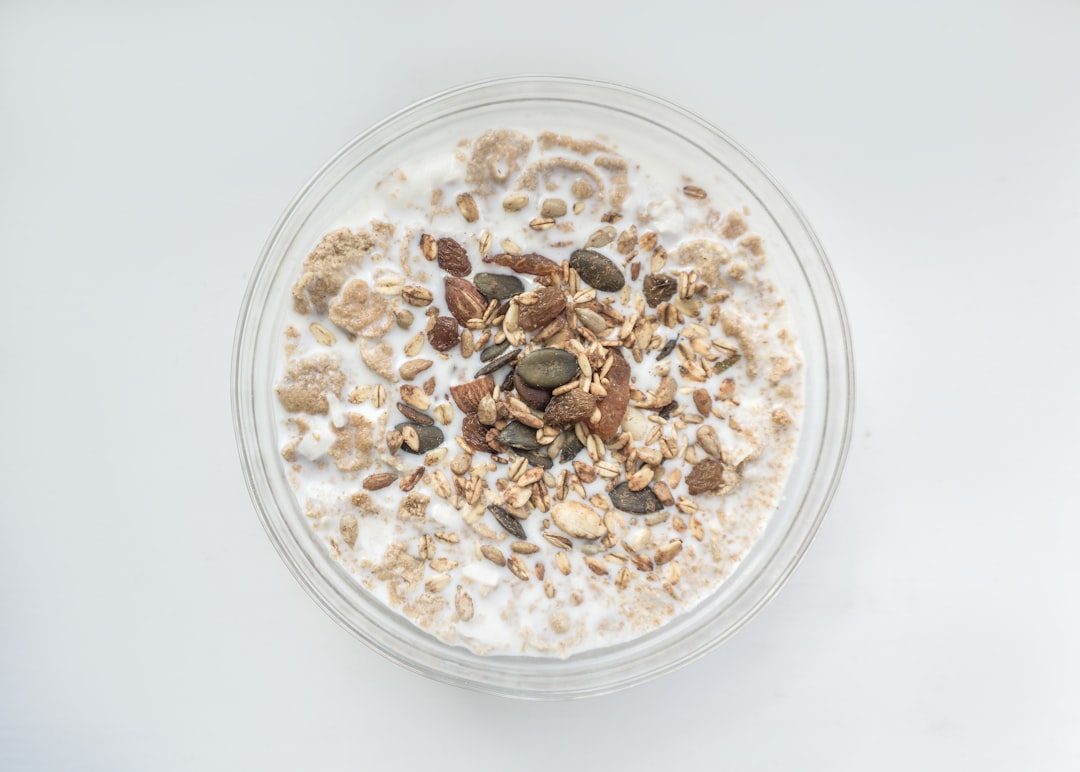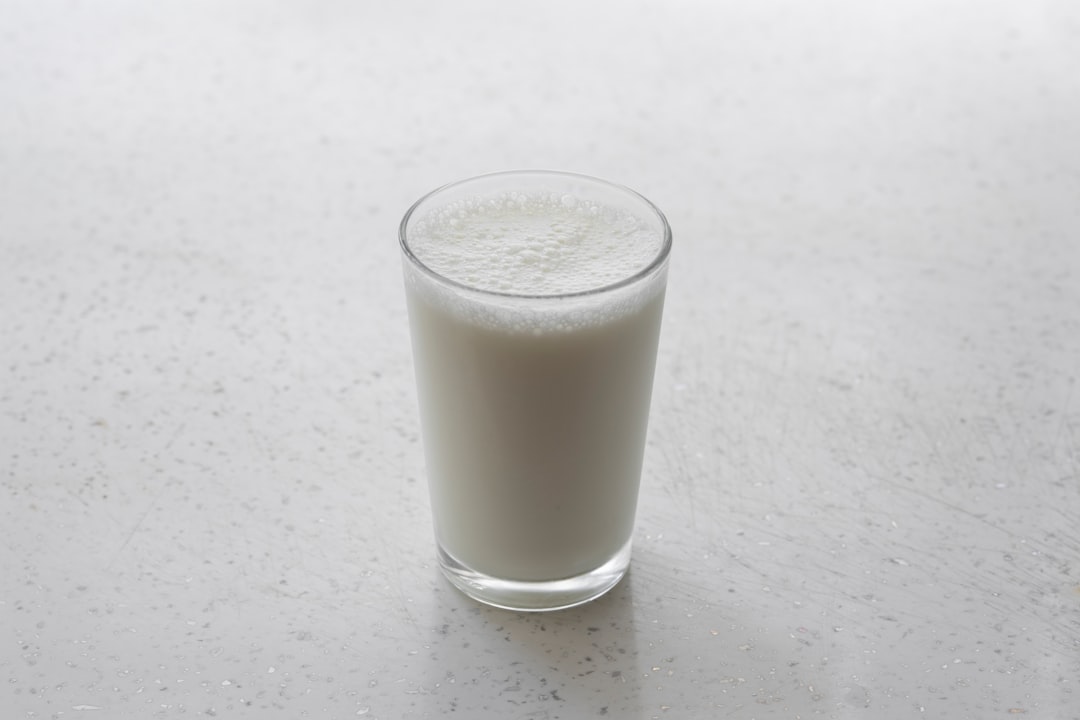

Is almond milk bad for the environment?
Almond milk has gained popularity as a dairy milk alternative, but its environmental impact is a subject of debate. While almond milk does have some negative effects on the environment, it is important to consider the broader context.
One major concern is the water usage involved in almond production. Almonds are water-intensive crops, requiring around 1.1 gallons of water per almond. In California, where the majority of almonds are grown, this has put a strain on water resources, especially during drought periods. According to a study published in the journal Science of the Total Environment, almond milk production in California consumed an estimated 17.3 billion gallons of water in 2015 alone.
Another environmental issue associated with almond milk production is the impact on bee populations. Bees are crucial for pollinating almond trees, and large-scale almond cultivation has led to an increased demand for pollination services. This has put pressure on honeybee populations, which are already facing numerous challenges such as habitat loss and pesticide exposure.
However, it is worth noting that almond milk is not the sole culprit when it comes to water usage and bee decline. Other crops, such as rice and beef, also have high water requirements, and pesticides used in various agricultural practices contribute to the decline in bee populations.
Moreover, almond milk does have some environmental advantages compared to dairy milk. Producing almond milk requires less land, emits fewer greenhouse gases, and has a lower carbon footprint than dairy farming. According to a study published in the journal Science of the Total Environment, almond milk production generates about 0.7 kilograms of CO2 equivalent per liter, while dairy milk production emits around 3.2 kilograms of CO2 equivalent per liter.
It is important to consider the broader picture and make informed choices when it comes to our food consumption. While almond milk does have some environmental drawbacks, it can still be a more sustainable choice compared to dairy milk. However, it is crucial to support sustainable agricultural practices, including responsible water management and bee conservation, to mitigate the negative impacts associated with almond production.
References:
- Gerbens-Leenes, P. W., Hoekstra, A. Y., & van der Meer, T. H. (2009). The water footprint of energy crops: A comparative study. Journal of Cleaner Production, 17(5), 836-844.
- EPA. (2018). Inventory of U.S. Greenhouse Gas Emissions and Sinks 1990–2016. Retrieved from https://www.epa.gov/ghgemissions/inventory-us-greenhouse-gas-emissions-and-sinks
- Steffan-Dewenter, I., & Tscharntke, T. (2000). Resource overlap and possible competition between honey bees and wild bees in central Europe. Oecologia, 122(2), 288-296.
Related Posts
© 2024 Invastor. All Rights Reserved







User Comments
User Comments
There are no comments yet. Be the first to comment!